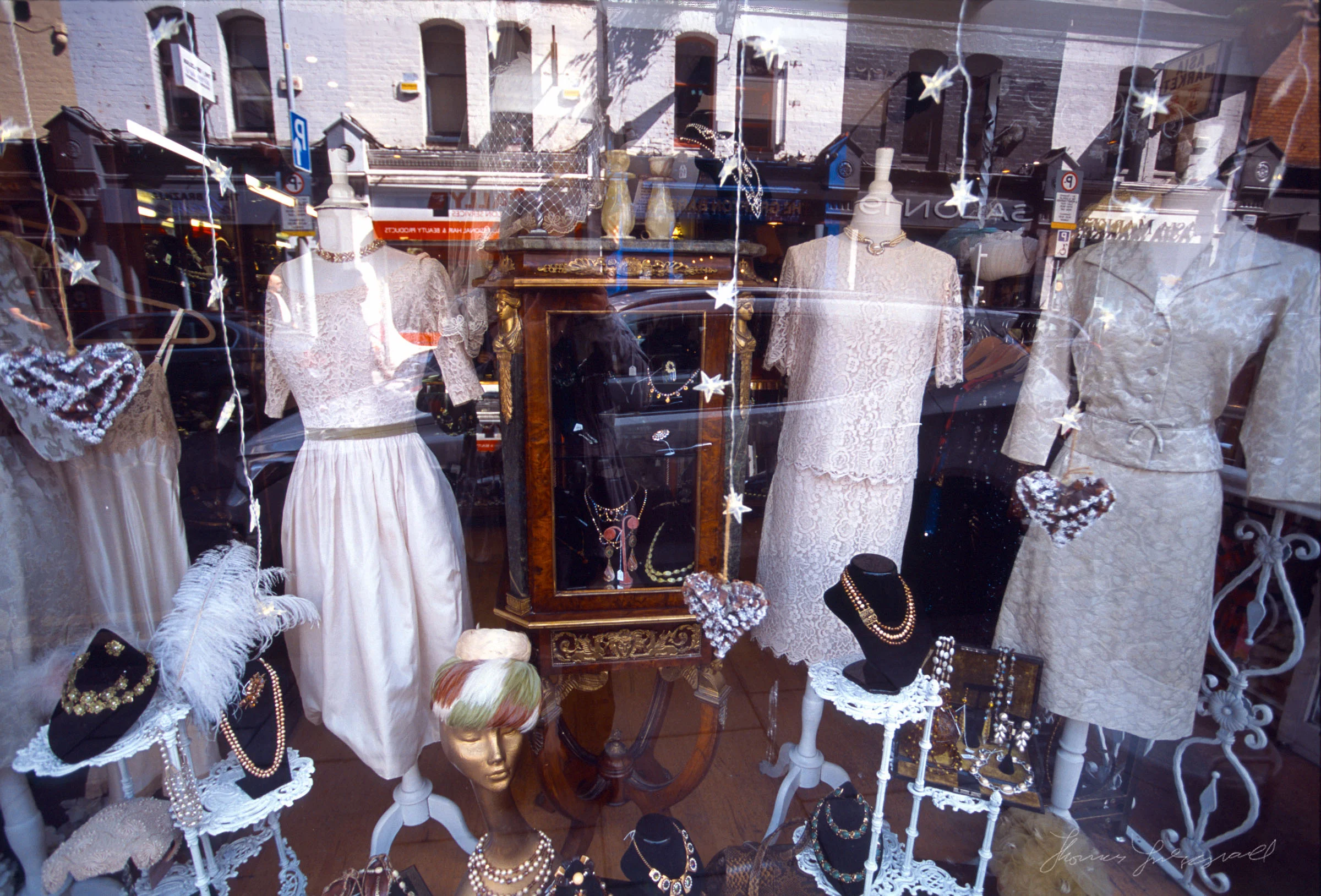Street Photo Diary - Issue No. 20: Philosophical Edition
Welcome to issue 20 of my Street Photography diary series. I’ve decided to start doing his a little differently. Instead of a attempting to come up with a witty description of my photographic activities, instead I thought I would offer a sort of editorial on some street photography related subject, accompanied by some of my recent street photography.
Street photography seems to be a topic that stirs a lot of emotion in people. Some, understandably passionate photographers seem to think that street photography is a sort of religion, with strict rules for devout followers. Those who deviate from the faith are deemed not to be true believers and exiled by the keepers of various internet blogs for fear of corrupting the pure ideology of the religion. Personally, I shoot it because I enjoy it, and I don’t really take it that seriously. I do find some of the discussions somewhat amusing though.
Lately I’ve seen some arguments on a few websites about the “purity” of one aspect of Street Photography, and that is about getting close to your subject. On the one hand, there was an article on a blog about how this could be interpreted as a metaphor, and that even with a long lens you can get “close” to your subjects, if not physically, then metaphorically. Another piece on a different website, was arguing the opposite, that it wasn’t real street photography unless you’re right there, with your lens in people’s faces.
I’ve never really understood this approach. The photographer that was making this argument, and has made similar ones many times in the past, accompanied his piece with lots of photos of startled people, their faces right up against the lens, looking decidedly annoyed. It kind of reminded me of photos of celebrities being ambushed by paparazzi. I really don’t care how people go about their art, but I don’t like that kind of ambush photography. It’s not art, it’s not making you a better photographer, it’s just being a asshole.
Personally, I prefer the “don’t disturb the natives” approach. Partially because I’m quite introverted, but also because I think that if you disturb the scene, then you become part of it. You’re no longer an observer but a participant. Whatever your opinion on the need for street photography to be about getting close to your subjects, there’s lots of ways to do that without shoving your camera in people’s faces.
I also don’t think it’s wrong to use a long lens. In fact I do it a lot, and there are plenty of famous photographers who do also. Take Jay Maisel for instance. If you look at some of the videos of Jay on the streets of New York which he filmed with Scott Kelby, he’s a huge fan of the telephoto lens for street photography. And his work is pretty damn good. But I guess it helps to be famous.
Gear Used
As with a lot of my Street Photography Diary series, I use lots of different cameras. The images were taken over a period of a few weeks, and I often shoot with different camera and lens combinations, depending on my mood that day. In this set, there was a lot of Nikon D700 with 28-300mm. There was also a few Sony A6000 shots, and a good few from the Fuji X-Pro 2 as well. There was even two images taken on film, using Fuji Provia. Can you spot them?
Processing was done in Lightroom. Presets used included some of my Free Fuji presets on some of the Fuji shots, as well as Coffee Tones and Monolith.
Speaking of Lightroom presets, in case you missed it, I’m now offering bundle of all my Lightroom presets which gives you a good discount over buying them all separately.












































